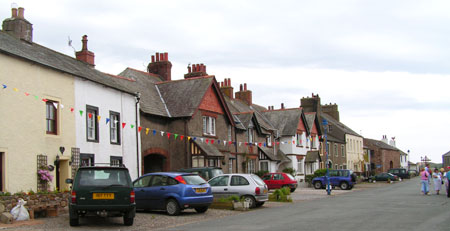

Walking along Ravenglass main street made from beach cobbles flanked by small attractive houses of various periods and architecture one gets the impression of a sleepy seaside village - and if you walk to the end of the street you can walk straight into the sea. Only vague clues give an indication of its ancient history.
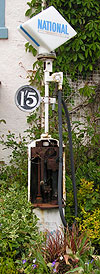
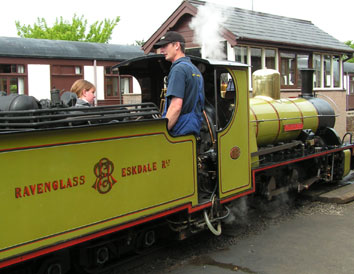
An old hand cranked petrol pump takes you back to the early part of the last century. The station of the La'al ratty takes you back to the mineral railway a century before that. If you stand on the beach where one side of the street backs directly onto the shore it is not hard to imagine a time in the 18th century when Ravenglass harboured a nest of smugglers. The natural sandy bay was well situated for those who wanted to capitalise on the different rates of tax in Scotland and the Isle of Man.
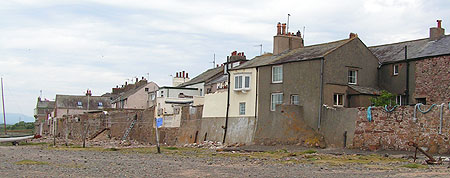
Sneaking in at night in a small boat it would be all too easy to ensconce contraband into the houses. The isolation of the village put the customs men in a vulnerable position. As one staked out a suspicious boat that had entered the harbour he was attacked by two of the crew who threatened to drown him but instead took him to the local pub to keep him out of the way whilst their colleagues unloaded the cargo. Later, when he found brandy hidden under a bush the local lord of the manor, Sir Joseph Pennington, claimed it on the basis that it was washed up from a wrecked ship.
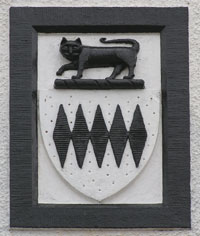
The Pennington's cat on one of the houses indicates their connection with the village which takes the history all the way back to 1208 when King John visited and gave the local manor to the Penningtons and awarded the village a charter to hold a fair and market. This fair which took part on the feast of St. James lasted for three days at the beginning of August and brought people from miles around. Since the time of Richard Lucy it was opened by the Lord of Egremont's representative flanked by armed men. This continued for centuries until the fortunes of Ravenglass and the rural life diminished in the industrialised 19th century when it became just the St. Jam races. The fair has recently been revived as a charity event.
The first recording of the name Ravenglass goes back to about 1180 when it was called Rengles - indicating that it has little to do with Ravens, or Glass for that matter, and probably just derives from a share of land allotted to to a man called Gles.
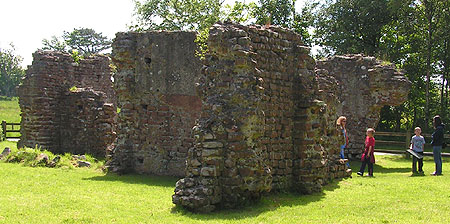
It is only when you go for a short walk through the woods at the other side of the the main railway that you come across the strange ruins that give a clue to the importance of Ravenglass in ancient history. It was once thought to be an early home of the Pennington family before they moved to Muncaster castle. It has been even been connected with dark age hero's in the tales of King Arthur. Actually, it is part of a large roman bathhouse and as such is one of the tallest surviving Roman structures in the north of England.
In the woods close to this bathhouse are the remains of a roman fort which was partly cut through for the modern railway and partly eroded by the sea. Its presence so close to the sea indicates why Ravenglass was so much more important in ancient times - it was a Roman port. Although, for a long time it was thought the name of this fort was Clannoventa or Glannoventa it has more recently been proposed that it might be the fort known to the Romans as Itunocelum. Probably built in the second century as a strategic point on the Solway the port no doubt supplied this North-west corner of the Roman empire. It has been suggested that the Roman wharves could be rebuilt as a tourist attraction along with a Roman ship that could provide trips along the Cumbria coast.
However, the village has survived since those times and with its Roman bath house, steam railway, a numerous other local attractions such as Muncaster castle is well worth a visit.